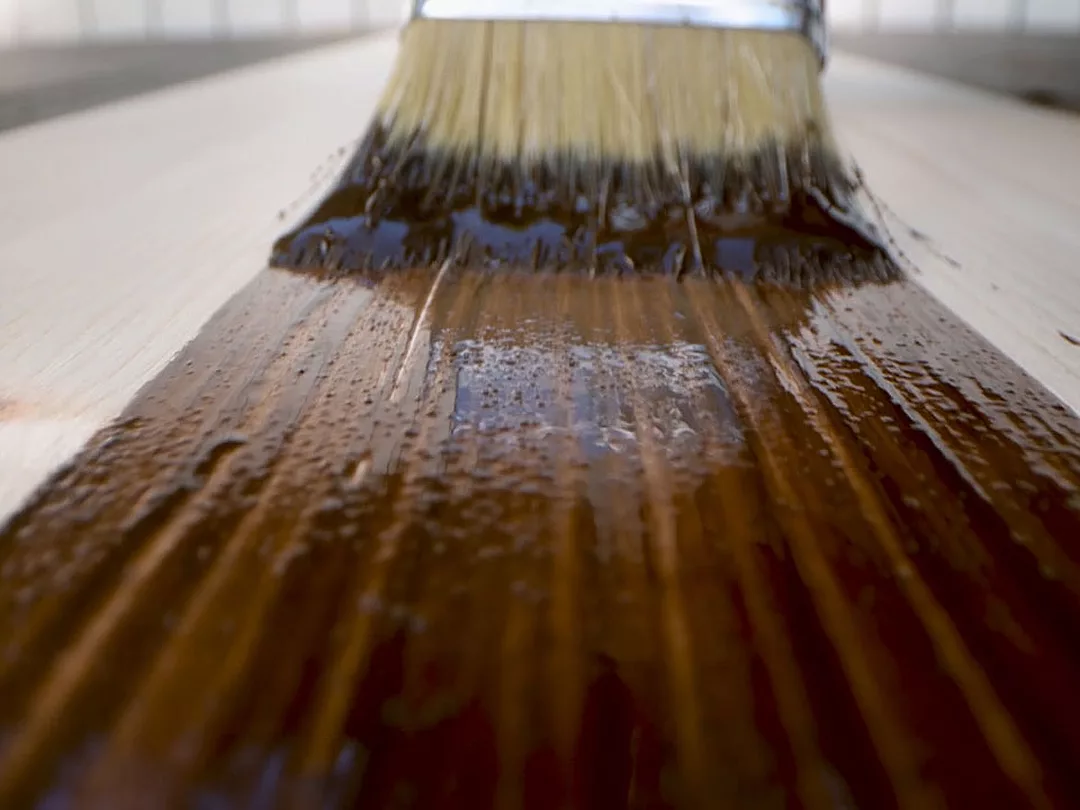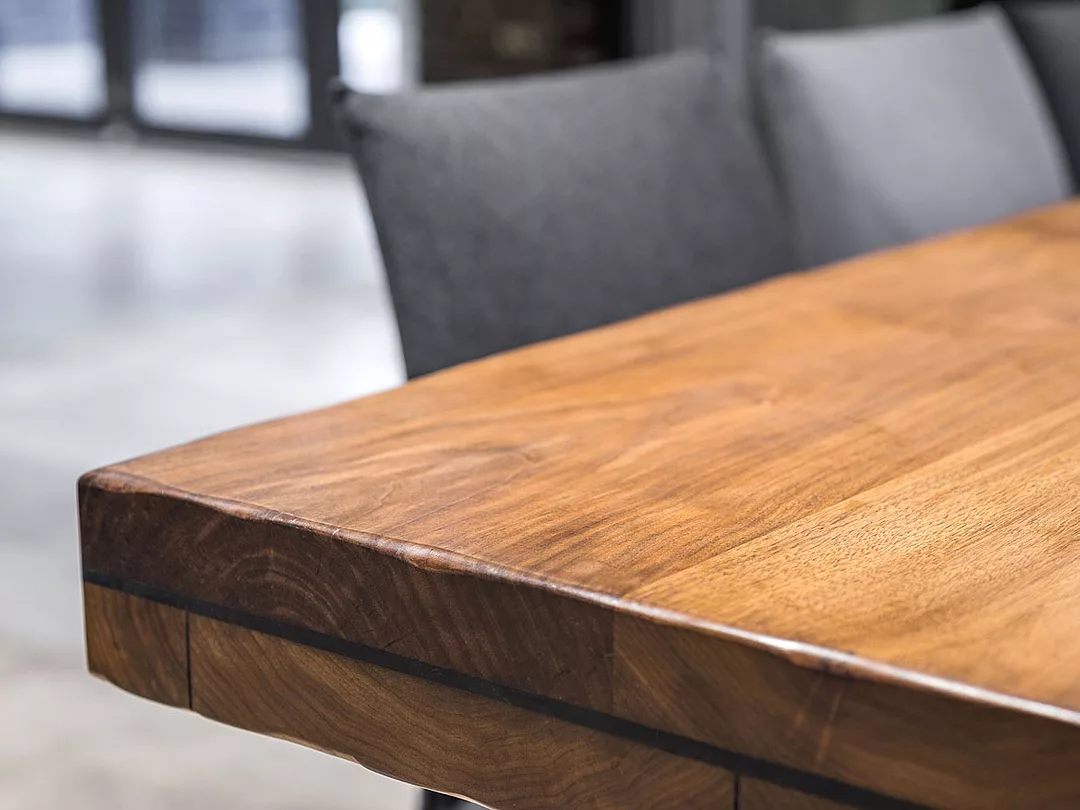Adapting Wood Finishes to Customer Trends and Needs

ronstik / Creatas Video+ / Getty Images Plus, via Getty Images.

poplasen, iStock / Getty Images Plus, via Getty Images
For over 200 years, AkzoNobel has provided the world’s leading manufacturers of cabinetry, furniture, flooring, and building products with industrial wood finishes to beautify and protect their products. AkzoNobel identifies color trends and translates them into relevant color palettes and products that meet customers’ needs. The coatings are designed to offer protection of wooden home features to ensure the beauty lasts. The translation into color and texture trends, via trend research, happens in the global design and color center in High Point, North Carolina. In collaboration with customers in furniture, cabinetry, flooring, and building products, they create unique, complementary aesthetic wood coating finishes.
Many customers are concerned with aesthetics, and scratch and stain resistance. They also want to reduce their total cost of ownership; this means purchasing products that can remove process or costly labor steps while increasing their overall production capacity, therefore reducing costs. Some customers are opting for more sustainable coatings and are actively looking for wood coatings to provide products with outstanding protection and unrivalled beauty alongside environmental benefits.
It is no surprise that the lockdown restrictions increased demand for coatings. Their end-use products and the strength of the construction and residential housing market in North America and Europe have maintained demand as lockdown restrictions were lifted. All sectors of the coatings industry have seen extreme global raw material shortages and potential supply disruptions this year. Through all this, AkzoNobel has worked to manage its supply chain to ensure a security of supply for customers. The pandemic situation continues to be closely monitored and maximum precautions are taken to ensure the safety and well-being of employees. In many regions, employees are working from home where possible. Appropriate measures are being taken to continue serving customers and saving costs while keeping the organization intact and able to respond quickly to changes in end-market demand.
Architecture, home design, and lifestyle trends continue to influence home interiors. Demand for new builds and renovation projects correlates with the need for wood coatings for cabinets, furniture, flooring, and especially building products. Within North America, kitchens are the main social feature with open living areas linking to outdoor spaces. Colors that complement each other in this open space will drive growth in cabinets, furniture, and flooring.
AkzoNobel’s dedicated global color and design team for wood coatings is continuously capturing and interpreting the color and texture trends and, in collaboration with our customers, creating unique complementary aesthetic wood coatings finishes for furniture, cabinetry, flooring, and building products. Some of the modern furniture designs and higher end influences are being reflected in the latest products from the AkzoNobel team, which includes the trend for less distressing, the preference for less gray and more color, and the growing popularity of natural designs and smoother woods, such as birch, cherry, burl, walnut, and maple. Consumers are also opting for organic elements, such as rattan, jute, sisal, and stone, while moving away from pale and desaturated furnishings.
Wild Wonder, AkzoNobel’s Color of the Year 2023, exemplifies these changing tastes. It is a golden hue inspired by the warm tones of harvested crops, with an upbeat glow that aims to connect people with nature, creating a sense of energy and positivity. The color is based on the idea that, as people search for support, connection, inspiration, and balance in their lives, they’re diving into the wonders of the natural world to find it. Research conducted by the company’s in-house paints and coatings color experts and international design professionals reveal that for the first time in 20 years, the color palette is inspired by the rhythms of nature. The team want to empower customers with creative opportunities for combining colors and trends to make wood the perfect companion for our modern times. The company’s wood coatings experts have worked with these trends to build four distinct color palettes around Color of the Year:
- Lush – contemporary, one with the Land, and living minimally
- Buzz – transitional design, vibrant colors, and harmony
- Raw – cottage design, earth tones, and organic
- Flow – traditional design, water, and sand
There is no doubt that during the pandemic many consumers invested in home improvement projects and these color palettes will be a key influence on home decor – including furniture, flooring, cabinetry, and building products – in the coming year. The wood design team then works closely with highly trained technical specialists to ensure the wood finishes are robust and can be industrialized for customers across the globe, across a full range of substrates.
Not only will 2022 continue the momentum of color trends but also wood stain systems will be a key player. One of the company's available stain systems develops the natural tone of wood while simplifying the process. The natural toned stain system delivers the appearance of a complex and labor-intensive multi-step wipe stain finish in just two to three easy steps. By reducing the labor involved, the system shortens the time and manual task of using finishing materials and enhances the final wood detail without adding complexity. It can be applied using existing manual or automatic processes and can be used under a variety of clear topcoat technologies. Customers using this stain system can benefit with reduced finishing labor costs compared to wipe stain finishes, distinct aesthetics for higher consumer perception, ease of application and uniform appearance, multi-line application, and reduction of variability found in hand-wiping.
A natural stain is also currently a popular product among the AkzoNobel range. This product benefits from a natural finish and high-performance UV coatings for flooring. These UV coatings bring the popular Scandinavian, natural, low-gloss look to North America in a high-performance finish. The abrasion resistance of this coating system greatly reduces scratches from daily wear and tear. In addition, this chemistry provides excellent clarity without the milky haze commonly found in low-gloss products. These coatings create an organic look with warm and natural aesthetics that highlight the wood character.
AkzoNobel also offers a color system that gives OEMs and distributors the power to match virtually any color with accuracy and minimal waste. It is quick and easy to use, leading to a faster turnaround time and less waste. Once a color is matched, a customer can save the exact formulation for future use. By enabling faster throughput, orders can be processed quicker, with fewer mis-tints.
A new polyurethane is the latest addition to the company’s wood coatings portfolio for industrial applications. Launched in June 2022, it is designed specifically for the cabinet, architectural millwork, and furniture and refinish markets. This coating offers water and chemical resistance. Available as a clear or pigmented tintable system consisting of a topcoat, primer, and hardener, the finish is easy to apply, offers great sandability, and has no recoat window.
As announced in April 2019, the AkzoNobel site in High Point, North Carolina, has been transforming into a new wood paint and coatings plant. The recently commissioned wood coatings plant will manufacture paint and stain products using automatic dosing unit (ADU) technology. The 55-million-dollar investment will also improve lacquer production in a renovated space on site with updated processes. This investment strengthens AkzoNobel’s capability to meet a changing wood market, with greater color and made-to-order options for OEM and distribution brand customers. This investment is also building a new R&D Center, improving facility infrastructure and employee work areas, and adding visitor parking.
Looking for a reprint of this article?
From high-res PDFs to custom plaques, order your copy today!







